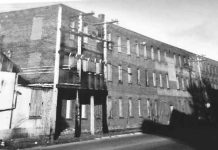What does a honeybee do with pollen it collects for transporting back to the hive? It sticks it to its legs until globules form so large it must return to a hive to “door dash” its pollen delivery. Flecks of pollen get caught in hairs all over the busy little bee. As it moves from…



